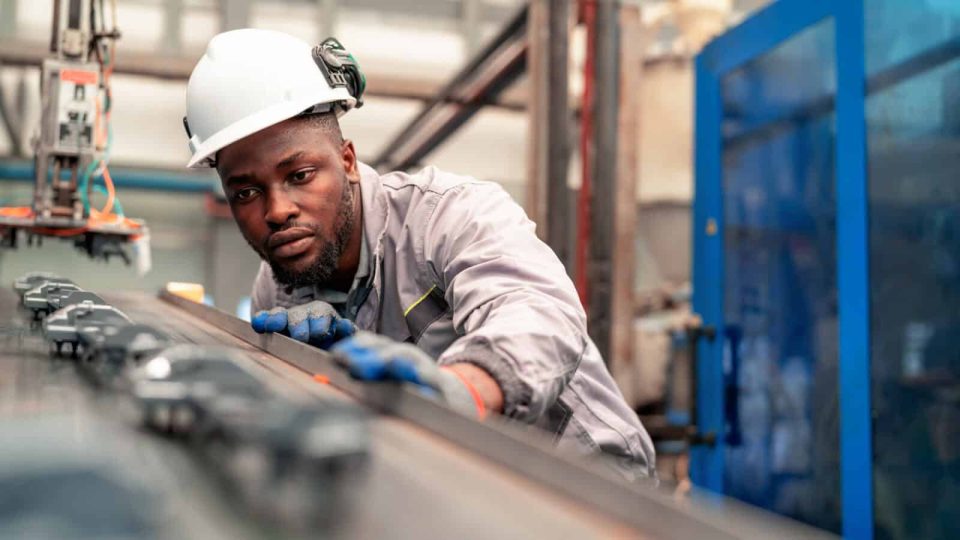If you walk through an American factory in 2025, you’ll find plenty of humming machines but not enough people to run them. Despite a period of economic cooling after the pandemic surge, the manufacturing sector is still grappling with a persistent labor shortage. The numbers tell the story, there are roughly 462,000 open manufacturing jobs across the country at the start of 2025, and many companies are struggling to fill them. This shortfall is not just a blip, but part of a larger trend that could shape the industry for years to come.
The labor shortage in U.S. manufacturing is not new, but its persistence in 2025 is striking. According to the Census Bureau’s Quarterly Survey of Plant Capacity Utilization, about 20.6% of manufacturing plants that were not running at full capacity in late 2024 cited a lack of available workers or skills as the main reason, according to Supply Chain Management Review. While this is an improvement from the worst of the pandemic, when nearly half of manufacturers reported labor as their top constraint, it is still double the rate seen in the mid-2010s1. In other words, the sector’s labor pains are far from over.
What’s Behind the Worker Shortage?
The workforce is aging. A large cohort of experienced workers is heading into retirement, and there simply aren’t enough younger people stepping in to replace them. This demographic shift is especially pronounced in manufacturing, where many roles require years of experience or specialized training.
The “skills gap” remains a major obstacle. Modern manufacturing jobs often demand technical expertise, from robotics maintenance to advanced machining. As of 2025, the industry reports that there are fewer than one available worker for every open job, and in some states, the imbalance is even more severe. The pipeline of skilled workers has not kept up, in part because fewer young people are entering trade schools or technical programs that feed directly into manufacturing careers.
Manufacturing still suffers from an image problem. Many young Americans see factory work as outdated or unappealing, even though today’s plants are clean, technologically advanced, and offer competitive pay, averaging over $102,000 per year with benefits in 2025. This stigma means fewer people consider manufacturing as a viable career path, which only worsens the shortage.
The shortage isn’t uniform across the country. States like New Hampshire and Nebraska have only a fraction of the workers needed to fill open factory jobs, and even manufacturing powerhouses like Texas and Michigan are feeling the pinch. The problem spans nearly every sector, from automotive to food processing, affecting both durable and nondurable goods producers.
Federal investments in infrastructure and manufacturing have spurred new factory construction, increasing demand for skilled workers. At the same time, restrictive immigration policies have limited the flow of new labor into the sector, especially for entry-level roles. This combination has left many employers scrambling to fill positions, even as the overall labor force participation rate remains below pre-pandemic levels.
The stakes are high. If current trends continue, the U.S. could see a shortfall of 1.9 million manufacturing workers by 2033, with nearly half of the 3.8 million jobs expected to open in the next decade going unfilled. This isn’t just a workforce issue, it’s an economic and national security concern. Unfilled jobs mean lost output, delayed innovation, and a weaker supply chain at a time when domestic manufacturing is more important than ever.
Closing the gap will require a mix of solutions. Industry leaders are calling for renewed investment in vocational education, efforts to rebrand manufacturing as a high-tech, rewarding career, and possibly changes to immigration policy to expand the labor pool. Without bold action, the labor shortage could continue to hamper the sector’s growth and resilience well beyond 2025.

